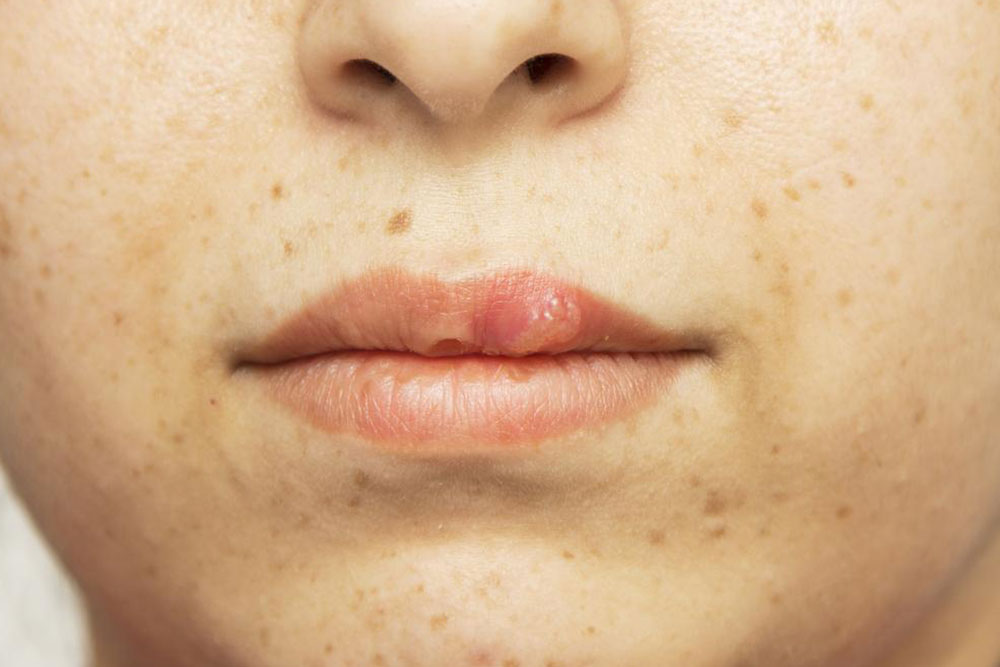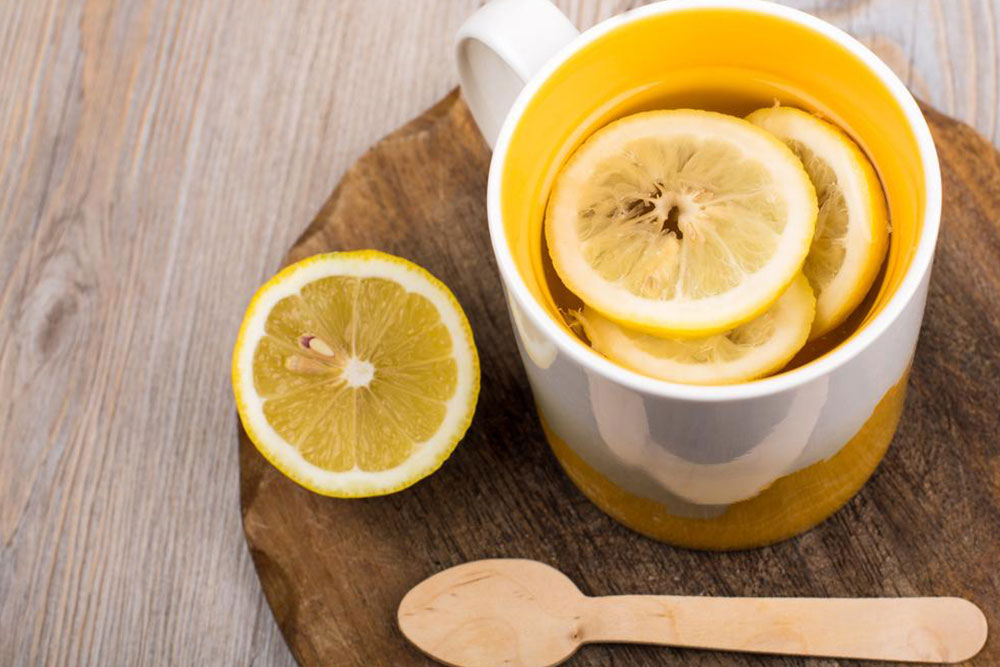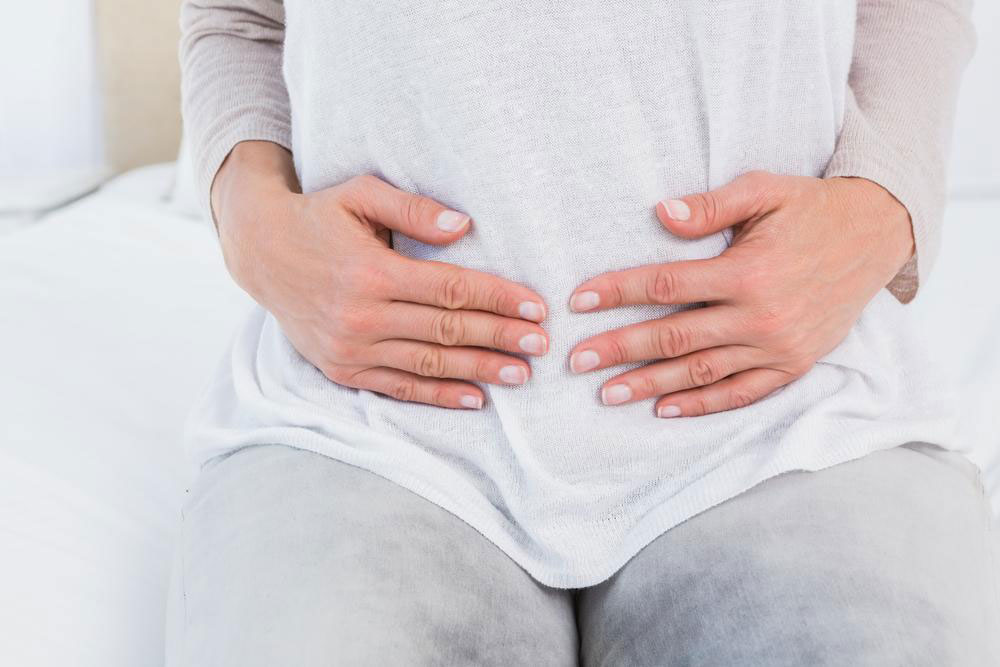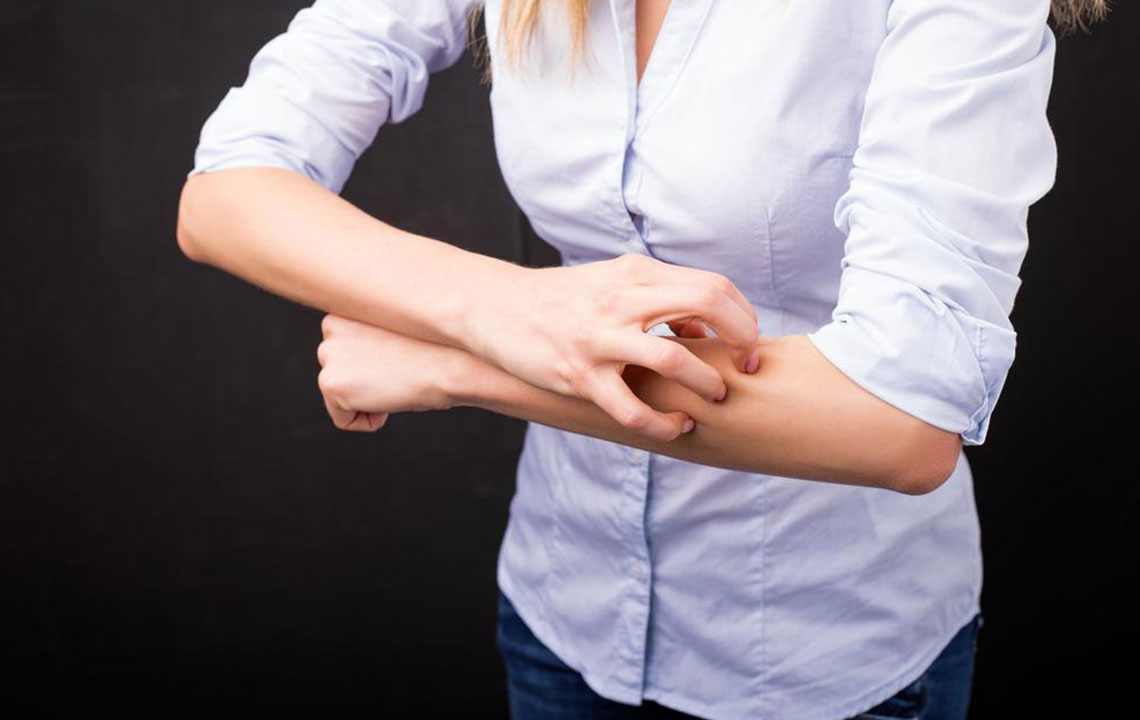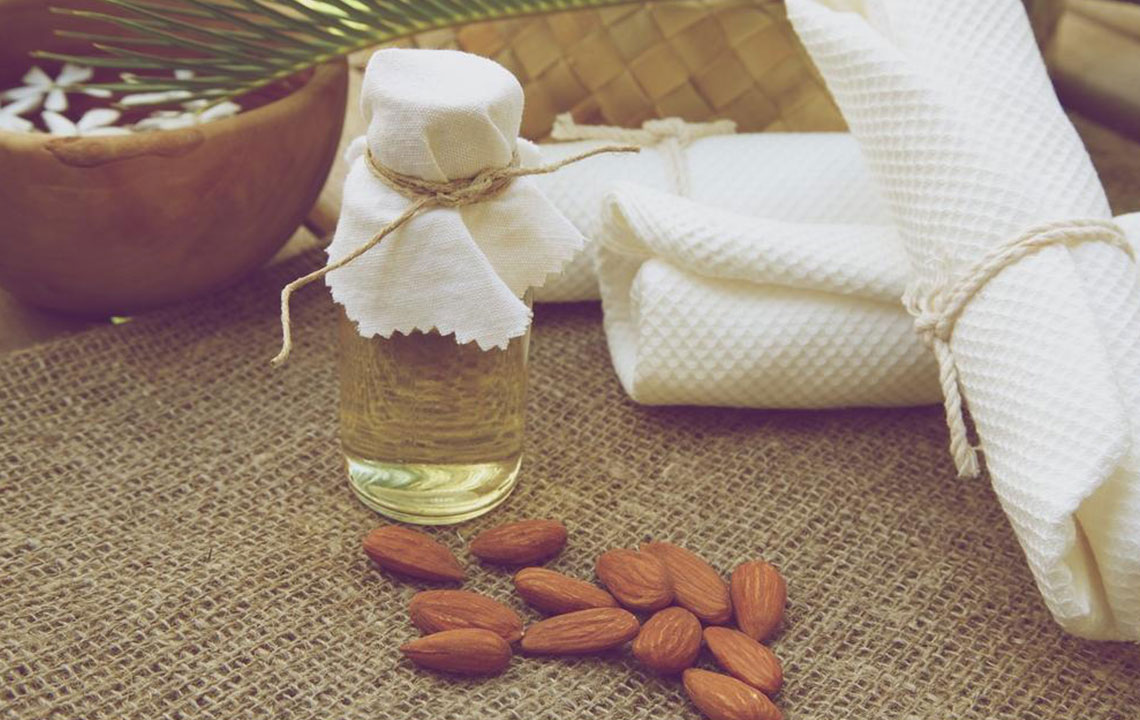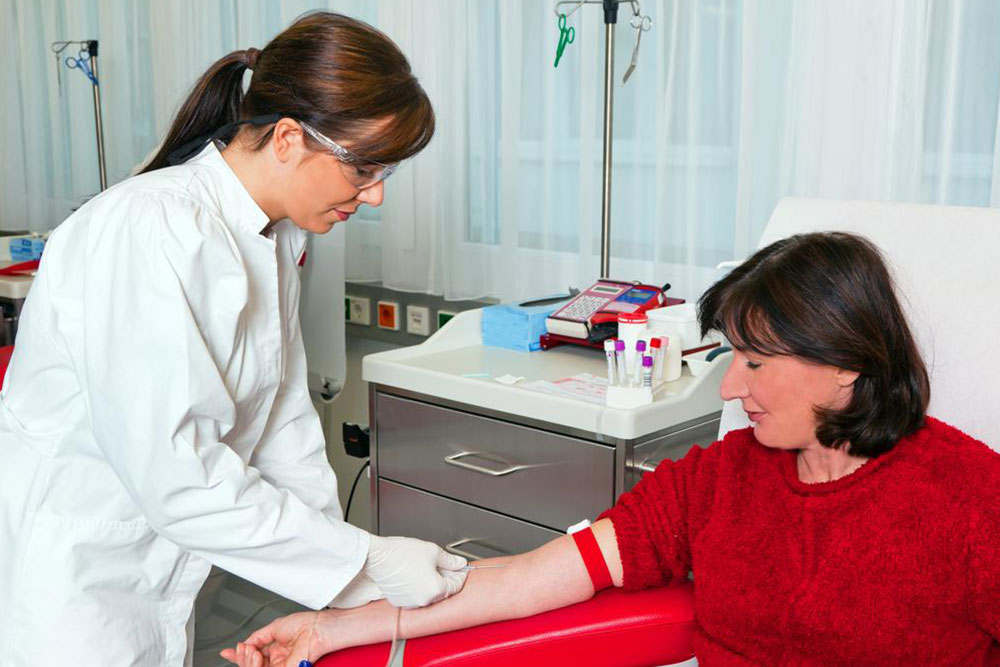Comprehensive Guide to Managing Pityriasis Rosea Effectively
This comprehensive guide offers effective strategies for managing pityriasis rosea, including home remedies like aloe vera, coconut oil, and lifestyle tips such as dietary adjustments with omega-3s. It discusses medical treatments for severe cases and emphasizes patience during recovery. Learn how to alleviate itching, reduce inflammation, and support skin healing naturally and medically. Perfect for those seeking relief from this common viral skin condition, this article provides expert advice to promote faster recovery and minimize discomfort during the healing process.

Comprehensive Guide to Managing Pityriasis Rosea Effectively
Home Remedies and Medical Treatments for Alleviating Pityriasis Rosea
Pityriasis rosea is a common viral skin disorder marked by the appearance of distinctive rashes on the skin. It predominantly affects adolescents and young adults between the ages of 10 and 35. While the exact cause of this condition remains unidentified, it is believed to be associated with a viral infection, possibly related to the herpesvirus family. The rash typically appears as a large, scaly patch known as the 'herald patch,' followed by multiple smaller lesions that can spread across the torso, back, and limbs. Although the condition usually resolves spontaneously within 6 to 9 weeks, some cases may last longer or cause significant discomfort.
Understanding how to manage symptoms effectively can significantly improve quality of life during the healing period. Although complications are rare, managing symptoms to reduce itching, inflammation, and discomfort is essential. Since reinfection is uncommon, most individuals can expect a full recovery without enduring long-term effects.
Recognizing the Symptoms of Pityriasis Rosea
Large, oval, scaly patches, starting with a single 'herald patch'
Followed by smaller, similar patches that spread across the skin
Mild to intense itching in affected areas
Occasional mild flu-like symptoms such as fatigue, headache, or sore throat
Rash tends to resolve naturally within a few weeks to couple of months
Home Remedies for Symptom Relief
While most cases of pityriasis rosea resolve on their own, several home treatments can help alleviate symptoms, reduce itchiness, and promote skin healing. These remedies are generally safe and can be implemented easily at home:
Aloe Vera: Renowned for its soothing and antimicrobial properties, aloe vera gel applied directly to the affected skin can reduce inflammation and aid in healing. Its moisturizing effects help combat dryness and itchiness.
Avoid Hot Showers: Hot water can strip natural oils from the skin, worsening dryness and irritation. Opt for lukewarm baths or showers to minimize skin discomfort during the healing process.
Coconut Oil: Rich in fatty acids, coconut oil acts as a natural moisturizer, helping to soothe dry and irritated skin while preventing further dryness and itching.
Cooling Lotions and Lavender Oil: Applying cooling lotions or gels containing menthol can provide immediate relief from itching. Lavender oil, known for its anti-inflammatory and calming effects, can be diffused or diluted and applied topically to soothe inflamed areas.
Natural Antimicrobials - Neem and Garlic: Neem exhibits potent antimicrobial and anti-inflammatory properties, helping reduce microbial growth and inflammation on the skin. Garlic, when used topically or consumed, can boost immune response and fight off skin irritants, fostering quicker healing.
Lifestyle and Dietary Tips to Support Recovery
Adopting certain lifestyle habits and dietary adjustments can enhance your recovery process:
Omega-3 Fatty Acids: Incorporate foods high in omega-3s like flaxseeds, walnuts, and fatty fish. These nutrients possess anti-inflammatory properties that can help minimize skin inflammation and promote healing.
Maintain Hydration: Stay well-hydrated to support skin health and repair.
Healthy Diet: Focus on a diet rich in fruits, vegetables, and whole grains to bolster your immune system and overall skin health.
Avoid Irritants: Steer clear of harsh soaps, synthetic fragrances, and chemicals that could exacerbate skin irritation.
Medical Interventions for Persistent or Severe Symptoms
If symptoms persist beyond the typical timeframe or become more severe, consulting a healthcare professional is essential. Medical options include:
Antihistamines: Oral antihistamines like cetirizine or loratadine can help control itching and allergic reactions associated with the rash.
Corticosteroid Creams: Topical hydrocortisone or stronger corticosteroids prescribed by a doctor can reduce inflammation and alleviate discomfort.
Antibiotics: In cases where secondary bacterial infection occurs, antibiotics such as erythromycin might be recommended.
Antiviral Medications: While not routinely used, antiviral drugs like acyclovir may be considered if the rash is persistent or associated with severe symptoms, although evidence of their effectiveness is limited.
The Importance of Patience and Monitoring
Most importantly, patience is crucial as pityriasis rosea typically resolves spontaneously. Regular monitoring of symptoms and maintaining good skin hygiene can aid recovery. If new symptoms develop or existing symptoms worsen, seeking medical attention ensures appropriate management. Avoid self-medicating with over-the-counter drugs without consultation, as some treatments may not be suitable or effective for your specific condition.
In conclusion, understanding the various home remedies and medical options available for pityriasis rosea can empower individuals to manage this skin condition effectively. While the process may require patience and care, adhering to recommended treatments and lifestyle adjustments can shorten the duration of symptoms and improve skin health. Always consult a healthcare professional if symptoms are severe or persistent for optimal care and recovery.
